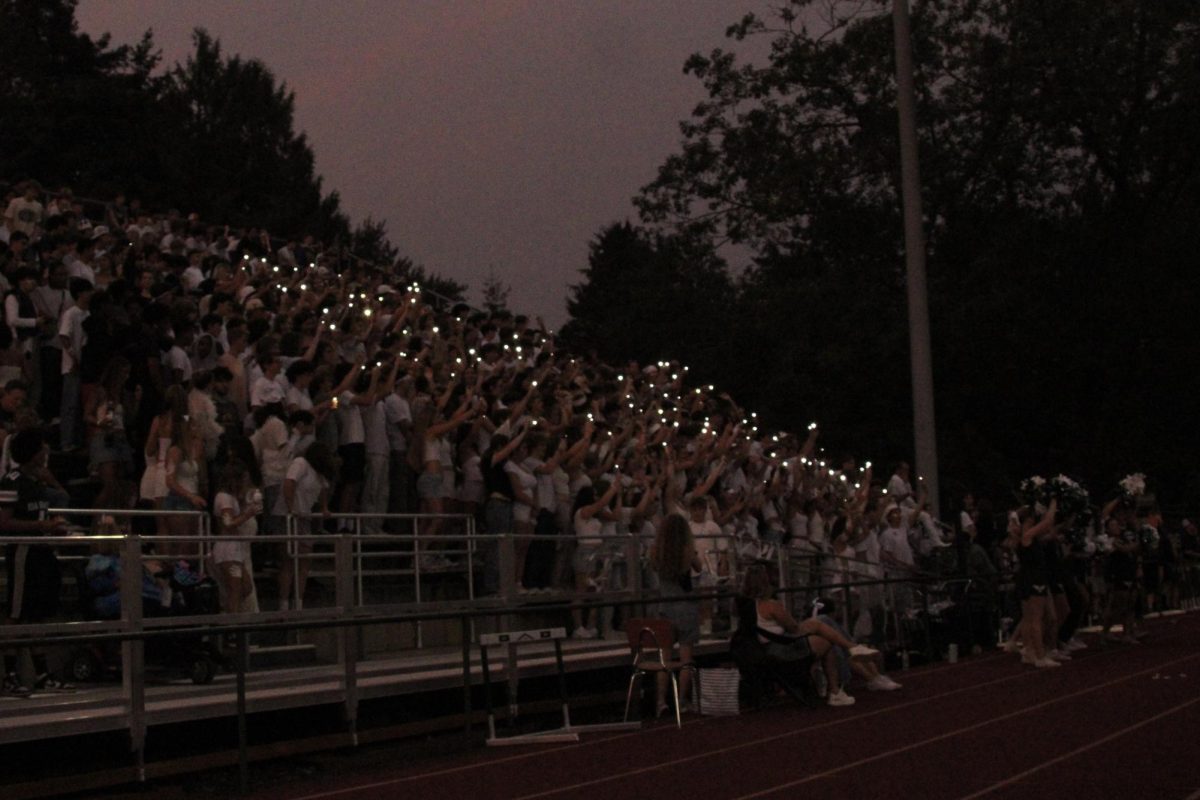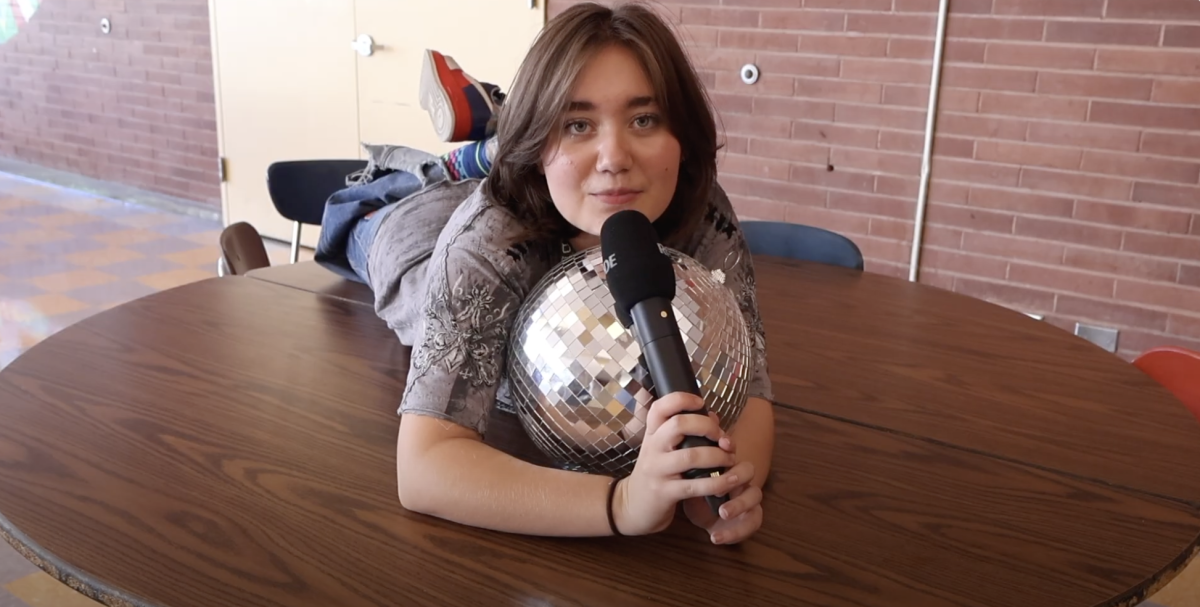When students arrive at Ida B. Wells High School, the bell rings at 8:26 a.m. Students start their day by going to their first or fifth-period class. Around Portland Public Schools (PPS), high school students only have four classes per day, which contrasts with the usual six-period schedule many students across the U.S. are used to. PPS high schools have eight classes in their schedules, separated into alternating A and B days. Each class is 90 minutes long. The reason for 90-minute classes is that it gives students “work” time and gives teachers time to lecture, but this scheduling is unacceptable. The schedule impacts student engagement and time management and is overall unproductive.
For three years, students go through middle school with six classes. It’s an easy schedule to follow and students have already adapted to it, so why should it change in high school? Many argue it’s better for the students as they have more time to work and teachers can have more instructional time. However, the biggest issue with 90-minute classes is student’s attention spans. Students’ attention spans are short, as shown in a research statement made by the American Physiological Society Journal. They proved that students pay the most attention in the first 10 minutes of class. For the next 80 minutes, students may experience boredom and be extremely disengaged. 50-minute classes are perfectly structured; the teacher lectures for 25 minutes or less, and students have the rest for work time. There isn’t a need for a break because the class is engaging and students are more eager to finish their work. With 90 minutes, teachers might spend over an hour lecturing, or even struggle to fill the time. In many instances, time management is hard for both teachers and students in a 90-minute class.
The number of credits needed to graduate is 24, consisting of English, science, math, and electives. With eight periods students tend to graduate with 32 credits giving some students the ability to fail electives as they would still acquire all the credits they need to graduate. Having six classes would lead to students graduating with the required credits and encourage kids to pass all their classes.
Scheduling makes more sense with 50-minute classes. It is possible to fit seven 50-minute classes into one school day with one extra 59-minute class. This last period can be used as a flex or early release. Possibilities for class structuring are endless and having a flex period could be extremely beneficial to students. According to The Nation Center for Education Statistics, students who have “study halls” and use them effectively show better academic performance, which in turn leads to a higher graduation rate. Oregon had a graduation rate of 84.5% in the 2022-2023 school year, which is lower than the 2021-2022 national average of 87%. Giving Oregon students time to study or complete homework can be beneficial and valuable.
The A and B days aren’t useful and it doesn’t make sense to have a class every other day. Depending on the week, students can have a week that goes A, B, A, B, A meaning fewer B days classes, which can affect how productive classes can be. Teachers are trying to cram as much as possible for 90 minutes to not fall behind and many times teachers’ classes on one day will be ahead of another. Scheduling complications sometimes result in unbalanced schedules and it can lead to one day being filled with rigorous 90-minute classes.
Having 50-minute classes can benefit students as they can have the possibility of getting a study period, as well as graduating with all their credits students are more likely to be engaged and not misuse their time. 90-minute classes foster a time of boredom and procrastination. High school schedules across the U.S. have been split into 45 or 50-minute classes for years. Why change something that was never broken?
















Malija Stone • Nov 15, 2024 at 11:26 am
“Why change something that was never broken” Exactly. Love this article!